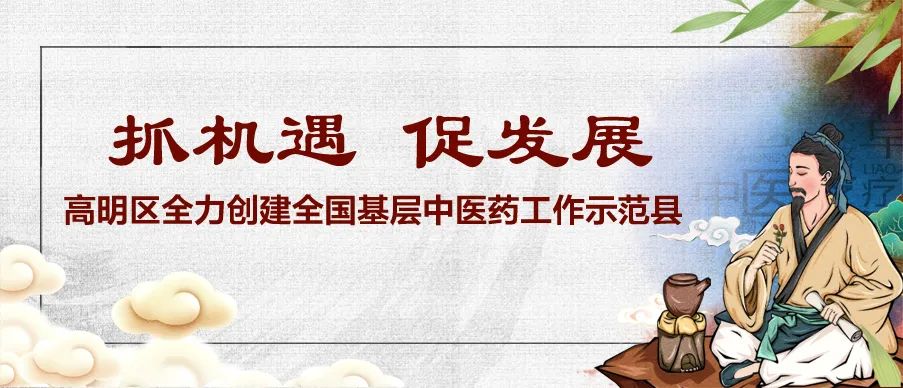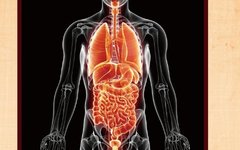
The term “Zangfu” refers to the internal organs of the human body. According to Traditional Chinese Medicine (TCM), the organs are categorized into three types based on their physiological functions and structural characteristics: the Five Organs (五脏), Six Bowels (六腑), and the Extraordinary Organs (奇恒之腑). The Five Organs include the Heart (心), Lungs (肺), Spleen (脾), Liver (肝), and Kidneys (肾); the Six Bowels include the Gallbladder (胆), Stomach (胃), Small Intestine (小肠), Large Intestine (大肠), Bladder (膀胱), and San Jiao (三焦); the Extraordinary Organs include the Brain (脑), Marrow (髓), Bones (骨), Vessels (脉), Gallbladder (胆), and Uterus (女子胞). This article primarily discusses the Five Organs and Six Bowels.The Five Organs are primarily solid organs, and their common physiological function is to transform and store vital essence (精气). Their functional characteristics can be summarized as “storing without leaking” and “full but not overstuffed”. In the theory of meridians, the Pericardium (心包) is also considered an organ, hence the term “Six Organs”. Each of the Five Organs has its own physiological characteristics and functions, working together with the Heart (心) as the ruler, forming a coordinated and unified whole.The Six Bowels are primarily hollow organs, and their common physiological function is to receive and transport food and fluids. The functional characteristics of the Six Bowels can be summarized as “discharging without storing” and “solid but not full”. The treatment principle for the Six Bowels is “to use passage for function and descent for order”.The human body centers around the Five Organs, working in conjunction with the Six Bowels, using essence (精), qi (气), blood (血), and body fluids (津液) as the material basis. Through the meridians, the organs establish close connections, forming an organic whole. Beyond their structural connections, the organs also have physiological relationships characterized by mutual restriction, interdependence, cooperation, and mutual assistance.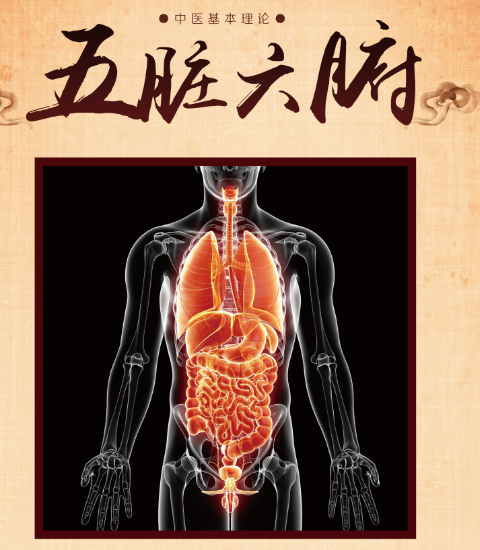 1. The Five Organs(1) Heart (心): Located in the thoracic cavity, above the diaphragm, protected by the pericardium. The Heart belongs to the Fire element in the Five Elements theory, known as the “Yang organ” or “Fire organ”, and plays a crucial role in governing life activities, referred to as the “Ruler of the Organs”, “Source of Life”, and “Supreme Master of the Five Organs and Six Bowels”. The Heart governs blood vessels and houses the spirit (神). The smooth flow of the Heart’s vessels is fundamental, and clarity of the Heart’s spirit is essential. The Heart is paired with the Small Intestine (小肠).
1. The Five Organs(1) Heart (心): Located in the thoracic cavity, above the diaphragm, protected by the pericardium. The Heart belongs to the Fire element in the Five Elements theory, known as the “Yang organ” or “Fire organ”, and plays a crucial role in governing life activities, referred to as the “Ruler of the Organs”, “Source of Life”, and “Supreme Master of the Five Organs and Six Bowels”. The Heart governs blood vessels and houses the spirit (神). The smooth flow of the Heart’s vessels is fundamental, and clarity of the Heart’s spirit is essential. The Heart is paired with the Small Intestine (小肠).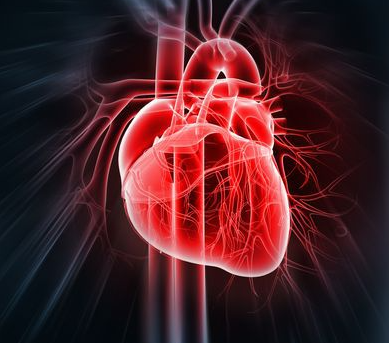 (2) Lungs (肺): Located in the thoracic cavity, one on each side, positioned highest in the body, connected to the trachea, and opening to the throat. The Lungs belong to the Metal element, known as the “Canopy of Splendor”, “Delicate Organ”, and “Ministerial Organ”. The Lungs govern qi, control respiration, and regulate water, connecting to all meridians, and are responsible for regulating the body’s functions. The Lungs should maintain clarity and normalcy in their functions. The Lungs are paired with the Large Intestine (大肠).
(2) Lungs (肺): Located in the thoracic cavity, one on each side, positioned highest in the body, connected to the trachea, and opening to the throat. The Lungs belong to the Metal element, known as the “Canopy of Splendor”, “Delicate Organ”, and “Ministerial Organ”. The Lungs govern qi, control respiration, and regulate water, connecting to all meridians, and are responsible for regulating the body’s functions. The Lungs should maintain clarity and normalcy in their functions. The Lungs are paired with the Large Intestine (大肠).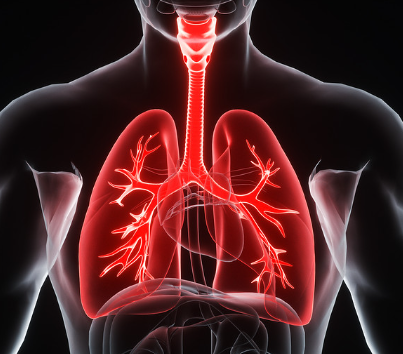 (3) Spleen (脾): Located in the middle jiao, beneath the diaphragm, in the upper abdomen. The Spleen belongs to the Earth element, known as the “Storehouse of Grains”, “Foundation of Postnatal Life”, and “Source of Qi and Blood Transformation”. The Spleen governs transformation and transportation, regulates blood, prefers dryness, and dislikes dampness, with its qi primarily rising. The Spleen is paired with the Stomach (胃).
(3) Spleen (脾): Located in the middle jiao, beneath the diaphragm, in the upper abdomen. The Spleen belongs to the Earth element, known as the “Storehouse of Grains”, “Foundation of Postnatal Life”, and “Source of Qi and Blood Transformation”. The Spleen governs transformation and transportation, regulates blood, prefers dryness, and dislikes dampness, with its qi primarily rising. The Spleen is paired with the Stomach (胃).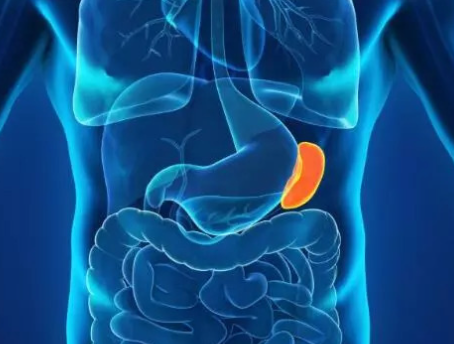 (4) Liver (肝): Located in the abdominal cavity, beneath the diaphragm, on the right side. The Liver belongs to the Wood element, its qi is primarily ascending and active, referred to as the “Sturdy Organ” and “General of the Organs”. The Liver governs the smooth flow of qi and stores blood. The Liver is paired with the Gallbladder (胆).
(4) Liver (肝): Located in the abdominal cavity, beneath the diaphragm, on the right side. The Liver belongs to the Wood element, its qi is primarily ascending and active, referred to as the “Sturdy Organ” and “General of the Organs”. The Liver governs the smooth flow of qi and stores blood. The Liver is paired with the Gallbladder (胆).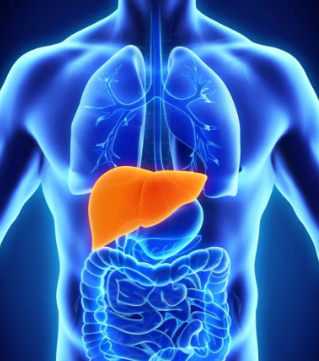 (5) Kidneys (肾): Located on both sides of the lumbar spine, one on each side. The lower back is considered the residence of the Kidneys. The Kidneys belong to the Water element, known as the “Source of Pre-natal Life”, “Foundation of Yin and Yang of the Five Organs”, “Storehouse of Essence”, and “Water Organ”. The Kidneys store essence, govern water, regulate qi intake, and control storage. The Kidneys are paired with the Bladder (膀胱).
(5) Kidneys (肾): Located on both sides of the lumbar spine, one on each side. The lower back is considered the residence of the Kidneys. The Kidneys belong to the Water element, known as the “Source of Pre-natal Life”, “Foundation of Yin and Yang of the Five Organs”, “Storehouse of Essence”, and “Water Organ”. The Kidneys store essence, govern water, regulate qi intake, and control storage. The Kidneys are paired with the Bladder (膀胱). 2. The Six Bowels(1) Gallbladder (胆): Located in the abdominal cavity, beneath the right rib, adjacent to the liver’s small lobe. The Gallbladder is connected to the Liver through meridians, forming a paired relationship. The Gallbladder is a hollow, sac-like organ that stores bile, known as the “Storehouse of Essence”, “House of Purity”, and “House of Clarity”. The Gallbladder aids in digestion by secreting bile. The Gallbladder governs decision-making.(2) Stomach (胃): Located in the upper abdominal cavity, connecting to the esophagus above and the Small Intestine below, known as the “Great Granary” and “Sea of Food and Fluids”. The Stomach is connected to the Spleen through meridians, forming a paired relationship. The physiological function of the Stomach is to receive and digest food and fluids, and to regulate descent. Its physiological characteristics include a preference for moisture and a dislike for dryness.(3) Small Intestine (小肠): Located in the abdomen, connecting to the Stomach at the pylorus and to the Large Intestine at the ileocecal junction. The Small Intestine is connected to the Heart through meridians, forming a paired relationship. The physiological function of the Small Intestine is to receive and transform food, separating the clear from the turbid.(4) Large Intestine (大肠): Located in the abdomen, connecting to the Small Intestine at the ileocecal junction and to the anus below. The Large Intestine is connected to the Lungs through meridians, forming a paired relationship. The physiological function of the Large Intestine is to transform waste and absorb body fluids.(5) Bladder (膀胱): Located in the lower abdomen. The Bladder is connected to the Kidneys through meridians, forming a paired relationship. The physiological function of the Bladder is to store body fluids and excrete urine.(6) San Jiao (三焦): The concept of San Jiao has two meanings. One refers to one of the Six Bowels, generally considered a large organ distributed in the thoracic and abdominal cavities, the largest among the organs, also known as the “Lonely Palace”. The San Jiao is connected to the Pericardium through the Hand Shaoyang San Jiao Meridian and the Hand Jueyin Pericardium Meridian, forming a paired relationship. The second meaning refers to the division of the body into upper, middle, and lower parts, collectively known as the San Jiao. The physiological function of the San Jiao is to facilitate the flow of Yuan Qi (元气) and regulate the movement of body fluids.Recommended Video↓↓↓
2. The Six Bowels(1) Gallbladder (胆): Located in the abdominal cavity, beneath the right rib, adjacent to the liver’s small lobe. The Gallbladder is connected to the Liver through meridians, forming a paired relationship. The Gallbladder is a hollow, sac-like organ that stores bile, known as the “Storehouse of Essence”, “House of Purity”, and “House of Clarity”. The Gallbladder aids in digestion by secreting bile. The Gallbladder governs decision-making.(2) Stomach (胃): Located in the upper abdominal cavity, connecting to the esophagus above and the Small Intestine below, known as the “Great Granary” and “Sea of Food and Fluids”. The Stomach is connected to the Spleen through meridians, forming a paired relationship. The physiological function of the Stomach is to receive and digest food and fluids, and to regulate descent. Its physiological characteristics include a preference for moisture and a dislike for dryness.(3) Small Intestine (小肠): Located in the abdomen, connecting to the Stomach at the pylorus and to the Large Intestine at the ileocecal junction. The Small Intestine is connected to the Heart through meridians, forming a paired relationship. The physiological function of the Small Intestine is to receive and transform food, separating the clear from the turbid.(4) Large Intestine (大肠): Located in the abdomen, connecting to the Small Intestine at the ileocecal junction and to the anus below. The Large Intestine is connected to the Lungs through meridians, forming a paired relationship. The physiological function of the Large Intestine is to transform waste and absorb body fluids.(5) Bladder (膀胱): Located in the lower abdomen. The Bladder is connected to the Kidneys through meridians, forming a paired relationship. The physiological function of the Bladder is to store body fluids and excrete urine.(6) San Jiao (三焦): The concept of San Jiao has two meanings. One refers to one of the Six Bowels, generally considered a large organ distributed in the thoracic and abdominal cavities, the largest among the organs, also known as the “Lonely Palace”. The San Jiao is connected to the Pericardium through the Hand Shaoyang San Jiao Meridian and the Hand Jueyin Pericardium Meridian, forming a paired relationship. The second meaning refers to the division of the body into upper, middle, and lower parts, collectively known as the San Jiao. The physiological function of the San Jiao is to facilitate the flow of Yuan Qi (元气) and regulate the movement of body fluids.Recommended Video↓↓↓
National Basic Public Health Services
Information on medical institutions providing national basic public health services in Gaoming District
Recommended Reading:
Gaoming TCM丨Li Jiecong: A Silver Needle to Protect Patient Health
Gaoming District TCM Hospital’s one-stop health checkup facility will be operational in mid to late this month
Anti-AIDS lectures in schools, caring for youth and promoting growth
What happened to those who drink coffee every day?
Health Gaoming WeChat Editorial TeamSource: National Administration of Traditional Chinese Medicine, Gaoming District Center for Disease ControlEditor: Chen YuyuReviewed by: Luo Huiyang, Liang Baoqiang
